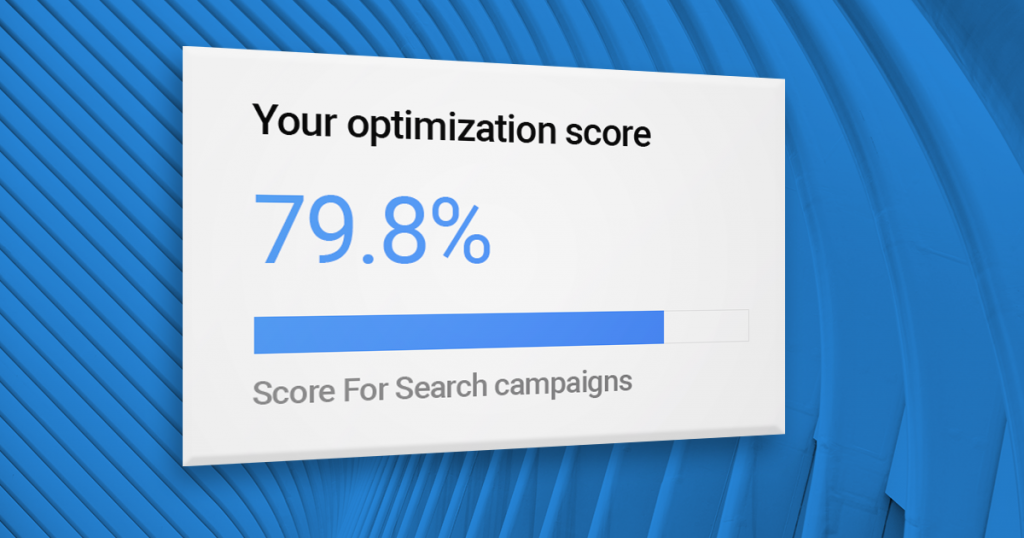The 21st century is full of innovations that simplify the tasks of various specialists. Advertisers and marketers are not an exception and they do benefit from technological advances: digital advertising serves an example. Marketers can run ads on the Internet from their home and as a matter of fact, 44% of their target audience clicks on them. Online advertising has become an efficient and fast solution to traffic and conversion.
However, it has its threats and downsides too. For an ad to work to its full potential, cyber security specialists have to work really hard. Why? Because fraudsters are currently in every corner, waiting to click on your ad and eat up your budget. If you are not well familiar with the idea of click frauds, before going any further, check out our guide on click frauds.
Over time, cyber criminals have come up with rather sophisticated ways to implement click frauds. 5 years ago the common way of falsifying clicks was by physically clicking on ads. Two of such gateways now are phishing email and botnet malware. It is very easy to get puzzled in these terms and definitions, so let’s discuss them in depth one by one.
Phishing Emails
Some of you may not have heard this word before. Basically, anything that is phishing (call, message, email, etc.) intends to steal money from you. In another word – spam. Phishing emails tend to ask for personal information or get you to install a software that will later damage your computer.
Clicking on a phishing email itself is not a click fraud. Phishing emails contain the so-called Trojan horse virus, which in its turn contains file-less bugs programmed into it that do the actual click fraud. So, you are letting a set of codes into your network and those codes automatically add unwanted clicks to your ad.
Phishing emails are not so hard to detect and not click on. Here are some tips that will imply it’s spam:
- The greeting is not customized
- There are obvious spelling mistakes
- The email is from a strange and unknown company
Botnet Malware
I guess we have to dive into programming world, in order to understand what botnet malware entails. Perhaps, you noticed that both botnet and malware are a combination of 2 words: robot plus network, and malicious software.
Malware is a type of software designed to damage or gains access to a computer. The botnet, on the other hand, is a network of infected computers, spread by malware.
Botnet malware does not float around on the Internet on its own. Usually, it goes in disguise in phishing emails, for instance. It takes seconds for botnet malware to infect your computer and perform the click fraud.
Botnet malware and phishing emails are the concern of the security specialists. Only they can successfully eliminate the damage done by these two cyber crimes. Using third-party software like ClickGuard to monitor the performance of your ads is a great way to identify suspicious activities and discover click frauds as soon as possible.



